5 Stages Of Behavior Change To Radically Transform Your Life
I’m sure you’ve seen people who have radically changed their life for the better in a matter of months or years.
The simplest example is the transformation pictures we see on the front page of most health and fitness products.
We wonder — How did that person change so fast? Did they take some sort of magic pill?
Then, we appreciate their dedication and move on with our normal lives.
Imagine if you could make that level of transformation every few months or years in your life.
I’m not just talking about the physical looks. I’m speaking of the internal character or attitude, succeeding in different aspects, learning new things, etc.
If you constantly transform yourself, you will live many epic lives in one body. It’s almost as if you will be reborn and keep creating better versions of yourself.
Most people will never experience such transformations in their lives. They will stay in reactive mode and let life happen to them. They will stay the same all their lives.
But you can change because change is good when it’s intentionally used to improve yourself.
Here are the 5 stages of change for permanent behavior change:
Related: Life Designer’s Toolkit — Top Health Tools
Stage 1: The Spark
It’s when it hits you — I (seriously) need to change.
For some, the source of the spark is fear while for others, it’s an inspiration. For example, looking at your blood profile and deciding to change your lifestyle is fear-based. Looking at your heroes and deciding to be like them is inspiration based.
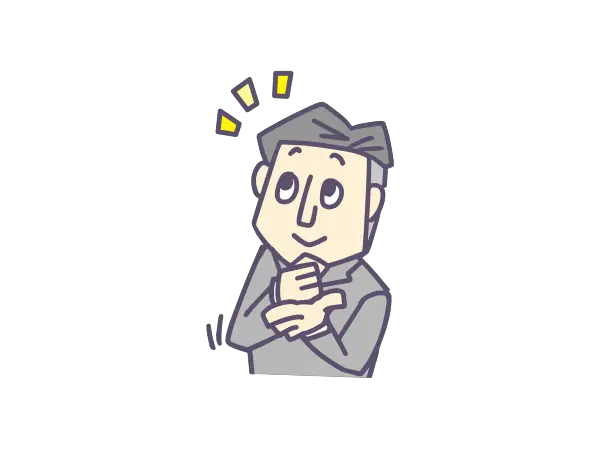
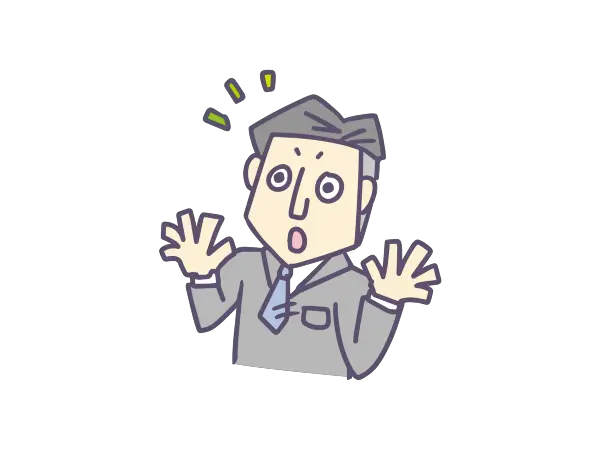
Both are powerful enough to create initial momentum in your life. But none of them are strong enough to keep the momentum running for a transformable change.
Sometimes, the spark works against us when we try to skip the journey and want fast results. We start with level 10 habits instead of level 1 because of the initial rush of motivation.
In such cases, we soon burn out and go back to our past lives. To avoid these situations, practice patience. Use the spark to get started but don’t use it to try to skip the process of transformation.
Stage 2: Daily Actions
The spark is the sexy part. It puts you in a peak state and you get a rush of motivation right away.
The small daily actions are the difficult pieces of the puzzle. At first, the spark helps you to do daily actions. But soon, the spark fades away.
When the spark is gone, the daily actions may feel like hell. At this stage, you can use your willpower reserves.
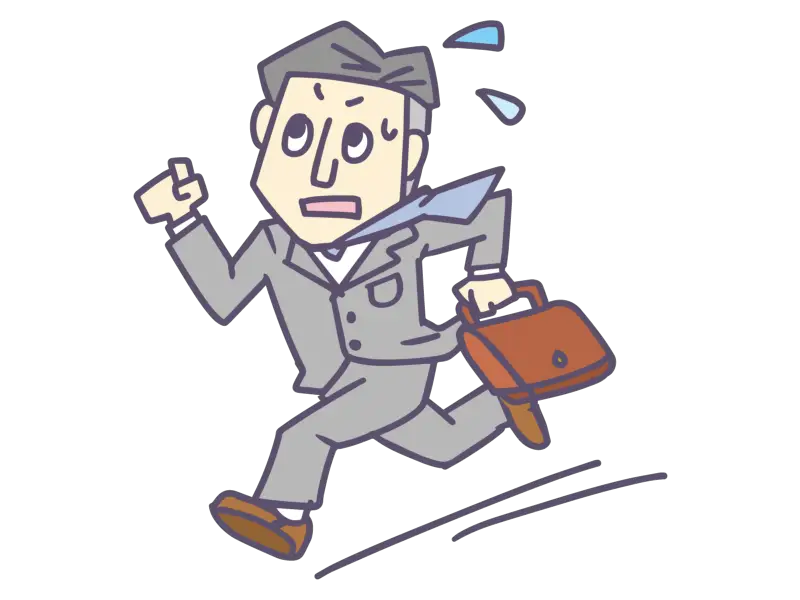
Keep willpower and energy saved in your reserves for the daily actions you need to create the change in your life. Don’t waste your decision-making power on other useless activities so you can use it later when you need it the most.
But don’t worry, you only need willpower for a few days until you reach the next stages. So, keep going even when you don’t feel like it.
Use reminders and triggers to stay on track. But don’t just remind yourself of the actions you must take. Keep reminding yourself of the deep reason you’re doing what you’re doing.
Set the stakes high by giving consequences to your actions using reward or punishment rules. Adjust the difficulty of the tasks if you have to but don’t quit at this point. A beautiful transformation is coming your way.
Stage 3: Environment Shift
This is the stage where most people quit and it’s not their fault. They don’t even know why they fail. They blame themselves for not being strong enough but in reality, they only needed a few tweaks to make it easier for them to sustain new behaviors.
First, you must change your environment. Your environment should support your growth and not derail you from daily actions.
Make it harder for yourself to perform destructive tasks. Take willpower out of the equation by crossing out your options. For example, if we had the choice between watching Netflix or practicing a new skill, we’d probably choose Netflix because it’s easy and comforting.
There is nothing wrong with watching Netflix but it should not come in the way of your transformation. Your downtime should be intentional and not based on impulse based actions.
To make sure you watch Netflix only when you intend to, log out from the website every time you’re done watching. Keep it blocked (using browser extensions) during the times of performing your daily actions.
In the same way, you can make it easier for yourself to do the new task. Let’s say you want to learn to play an instrument. Keep it in the sight and within your reach. Don’t pack it every time you’re done playing it. This way, you can use any free time to practice for a few minutes.
Next, comes your social environment. People around you change the way you think and live. If the people you see in your life don’t support you, there are high chances of you falling back to your past lifestyle.
Raise the standards of your social environment by keeping a strict policy of who you spend your time with. Consciously or unconsciously, they impact your mind in positive or negative ways. If you have to spend time with such people for some reason, then be cautious of their presence. Try not to let them affect you as much.
It’s a good idea to join a community of like-minded people who are following a similar journey as you. You will get support and hear other’s struggles so you can support them as well. When you get to discuss and express yourself, you feel connected and stay focused to keep going through the change.
The last thing you need to set your environment for success is accountability. Some require personal accountability while others may need social accountability.

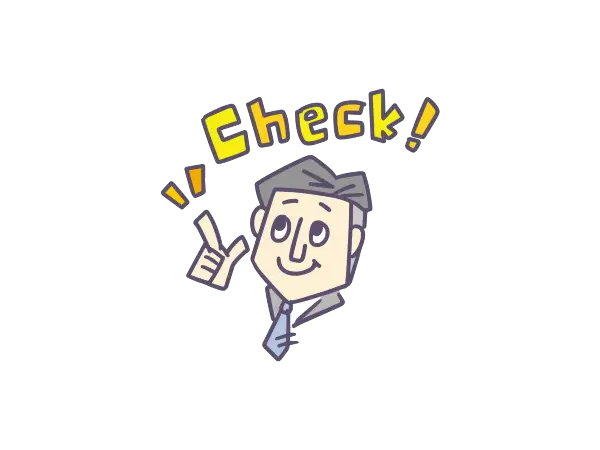
Track your behavior and use a journal to do daily and weekly reflections for personal accountability. Or you can keep yourself accountable by sharing your progress with a group or a coach. But either way, you must take full responsibility for your transformation.
Stage 4: Cognitive Dissonance
According to Wikipedia, cognitive dissonance is the mental discomfort (psychological stress) experienced by a person who simultaneously holds two or more contradictory beliefs, ideas, or values.
When you change your identity, you perform your daily actions effortlessly because that’s part of who you are. It’s not about who you want to be any longer. You are already that person and all you’re doing is performing your duty.
If you identify yourself as a healthy person, you will not do the things an unhealthy person does. This is the difference between people who “don’t” do certain activities and people who “can’t” do them.
When you do activities that are not aligned with your identity, beliefs or values; you experience cognitive dissonance. You feel mental discomfort because that’s not what you do.
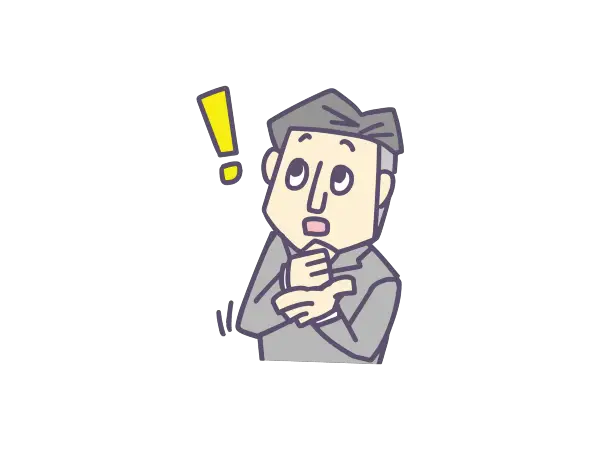
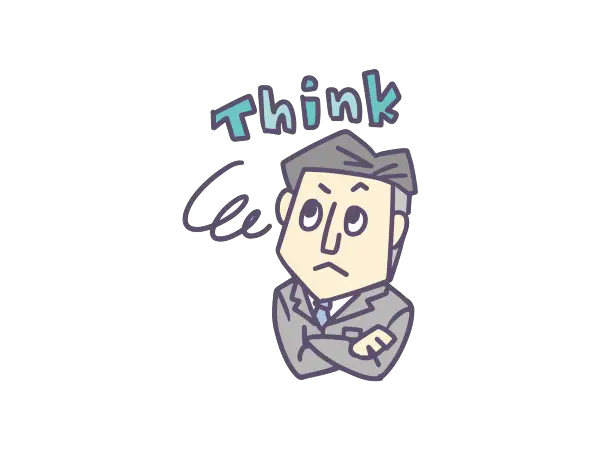
Changing beliefs and values takes some time. To accelerate the process of change, you can feed your mind with the knowledge you need that supports your values. Get inspiration from top people in the field of your new identity.
Use your leisure time or empty time to read books, watch courses, listen to audiobooks or podcasts related to your desired change in your identity.
Related: Life Designer’s Toolkit — Top Learning Tools
Stage 5: Change Of Will
The last stage of transformation is the change of your will. At this stage, you change so much that you no longer need to use willpower to make the right decisions. Now, you crave the habits you used to procrastinate on.
You invest so much of your time, effort, and energy that going back to your previous lifestyle is not an option anymore. Now, your progress is too precious for you to lose. It’s one of the best use of the behavioral economics theory ‘loss aversion’.
You become intrinsically motivated. You transform. People notice the difference in you. (Warning: You may even get bad dreams of you engaging in destructive past behaviors)
The great philosopher, Aristotle said that an individual’s character development ranges on a spectrum of worst to better:
- Vicious character: Taking pleasure in acting wrongly.
- Incontinent character: Acting wrongly out of weakness.
- Continent character: Acting rightly using willpower. (inclined to act wrongly)
- Virtuous character: Acting rightly because of strong will.
When you reach the virtuous character in your transformation, you know the life cycle of a transformation is complete.
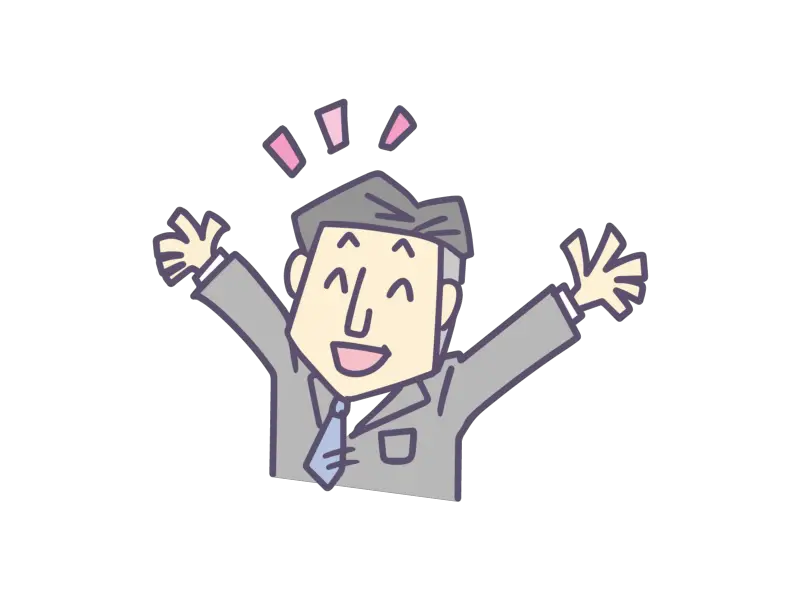
And what happens next?
You go back to stage 1 (the spark), set (beyond SMART) goals, and prepare yourself for another transformation with a personal development plan.
Ready To Transform Your Life?
[mailerlite_form form_id=12]
